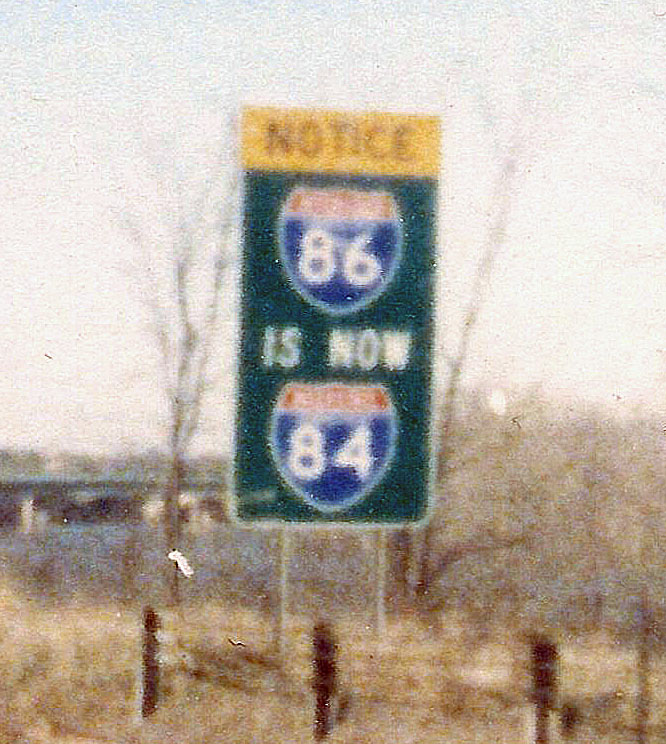Changing Highway Exit Numbers in Eastern CT: Been There, Done That
/
There was a time when the best-known highway exit on the road to UConn was Exit 100 from Interstate 86. Then everything changed. It will be déjà vu all over again for Eastern Connecticut drivers during the next couple of years, as another set of prominent exits receive new numbers, courtesy of the state Department of Transportation (DOT). The city of Norwich and the Mohegan Sun casino will be at the center of the changes.
DOT recently announced that it is planning to change Interstate 395 exit numbers as part of two projects totaling $9 million that will update road signs in accordance with U.S. government mandates for highway exits to match mile markers.
Under this plan, as reported in the Norwich Bulletin, thirty exit numbers along the interstate from New London County to the Massachusetts state line will change by the fall of 2015. Among the revisions are the northbound and southbound exits for Route 82/Downtown Norwich (Salem Turnpike) in Norwich, being changed to exit 11 from their current exit 80. The well-known ex it to Mohegan Sun, currently exit 79, would also receive a new exit number.
it to Mohegan Sun, currently exit 79, would also receive a new exit number.
Construction is expected to begin in April 2014. The former exit numbers will remain on the new signs for at least two years, the DOT said last week. Concerns about the costs to businesses to revise advertising, printed directions, and related materials have been raised. We’ve been down this road before in Connecticut, as long-time residents will remember.
Nearly 30 years ago, in 1984, a more dramatic change re-wrote the exit landscape east of the Capital City, on what was then I-86 heading east from East Hartford. The change eliminated I-86, changing the roadway’s designation to I-84, and requiring a renumbering of exits between East Hartford and the Massachusetts border, including the well-known exit 100, which led to Route 195 and UConn. Today, it’s known as Exit 68 off I-84, the exit of champions.
In fact, I-84's intended east end has been changed twice, from the Mass Pike (I-90, Sturbridge) to Providence and back, according to the Connecticut Roads website. In late 1968, the Federal Highway Administration approved a new Interstate connection from Hartford to Providence, to be part of a rerouted I-84. The existing section of I-84 from Manchester to I-90 was redesignated I-86 (see map).
In 1970 and 1971, Connecticut built two isolated sections of the eastern I-84, in Manchester and Willimantic. Both were signed I-84. However, in 1982 Rhode Island canceled its portion of the highway, citing concerns over  the Scituate reservoir, Providence's main fresh water supply. In August 1983, Connecticut canceled its portion, and the I-84 to I-86 numbering was rolled back.
the Scituate reservoir, Providence's main fresh water supply. In August 1983, Connecticut canceled its portion, and the I-84 to I-86 numbering was rolled back.
The section of I-84 in Manchester became I-384, and the Willimantic section became part of US 6. This was made official on Dec. 12, 1984. The state is still trying to get an 11-mile freeway built between those two sections, from Bolton to Willimantic.
Also in the works for the coming years: DOT has said the Route 2A exit numbers for Mohegan Sun Boulevard, the main road leading in and out of Mohegan Sun casino, will be changed. Both the eastbound and westbound numbers will be changed to 6 from the current number 2, according to the DOT.






























